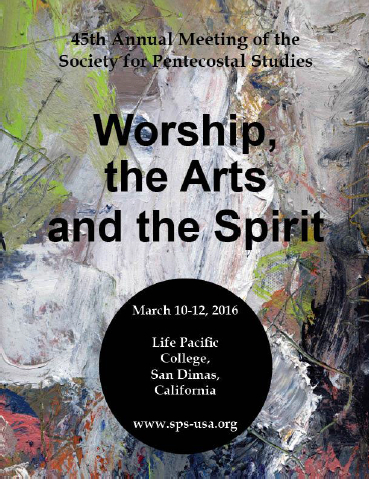Description
With the dramatic appearance of God at Mount Sinai in Exodus 19, both the people and landscape respond by ‘quaking greatly’ or ‘trembling’ (ḥārad). The ramifications of both the land and the people experiencing and reacting to the effects of Yahweh’s appearance are clearly envisioned in this foundational covenant-making event. Positioning creation and humanity as co-partners in fearing and worshipping God. Yet, after the Ten Words are clearly proclaimed in Exodus 20 there is a different response by the people. That is, the people having drawn close as consecrated people and seeing the signs of Yahweh’s appearing, respond by ‘wandering’ (nûa’). A different term is utilised by the narrator, with a different consequence. As the people are now portrayed as standing at a distance as a result of nûa’ and there is silence regarding the reaction of the land (20:18). Further this outcome is repeated two verses later, where the people continue to be described as standing at a distance, all except for Moses who draws near to God (20:20). Thus, this paper aims to examine these two different responses of the people and land to the theophanic appearance of God. Specifically through a narrative-critical approach, it reviews how the landscape and spatial location of the people assists us in evaluating the people’s response to Yahweh’s theophany. Furthermore, an intertextual reading of Exodus 19-20 alongside the Cain narrative (Genesis 4:1-16) will be undertaken. The goal of which is to provide light on the significance of the use of the term nu’a in the Sinai narrative and its commentary on Israel’s actions after they receive the Ten Words.
“Trembling and Wandering at Mount Sinai: A Comparison of the People’s Response”
With the dramatic appearance of God at Mount Sinai in Exodus 19, both the people and landscape respond by ‘quaking greatly’ or ‘trembling’ (ḥārad). The ramifications of both the land and the people experiencing and reacting to the effects of Yahweh’s appearance are clearly envisioned in this foundational covenant-making event. Positioning creation and humanity as co-partners in fearing and worshipping God. Yet, after the Ten Words are clearly proclaimed in Exodus 20 there is a different response by the people. That is, the people having drawn close as consecrated people and seeing the signs of Yahweh’s appearing, respond by ‘wandering’ (nûa’). A different term is utilised by the narrator, with a different consequence. As the people are now portrayed as standing at a distance as a result of nûa’ and there is silence regarding the reaction of the land (20:18). Further this outcome is repeated two verses later, where the people continue to be described as standing at a distance, all except for Moses who draws near to God (20:20). Thus, this paper aims to examine these two different responses of the people and land to the theophanic appearance of God. Specifically through a narrative-critical approach, it reviews how the landscape and spatial location of the people assists us in evaluating the people’s response to Yahweh’s theophany. Furthermore, an intertextual reading of Exodus 19-20 alongside the Cain narrative (Genesis 4:1-16) will be undertaken. The goal of which is to provide light on the significance of the use of the term nu’a in the Sinai narrative and its commentary on Israel’s actions after they receive the Ten Words.






